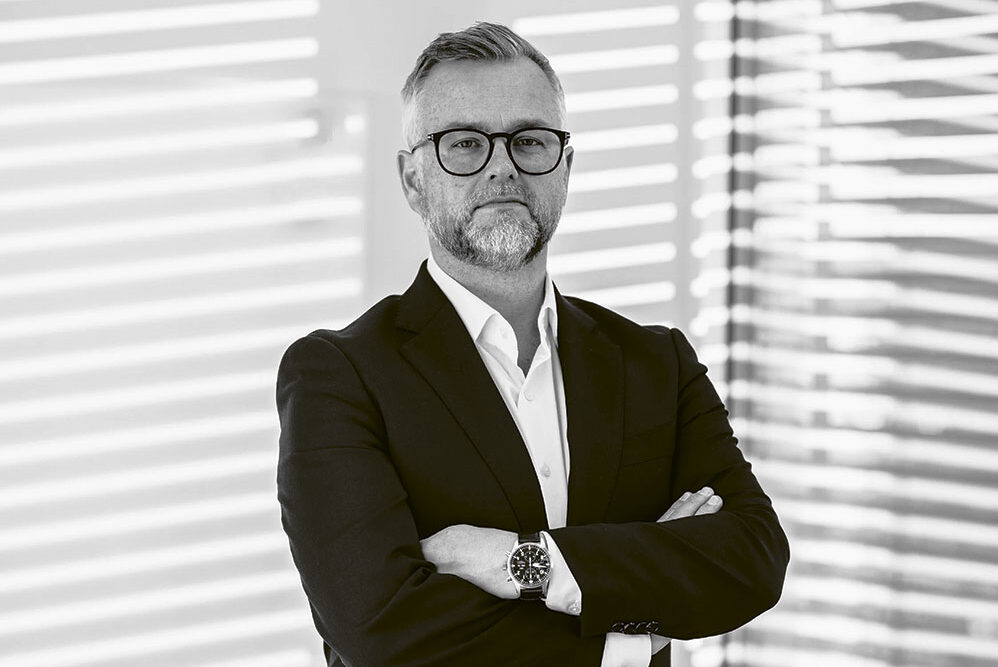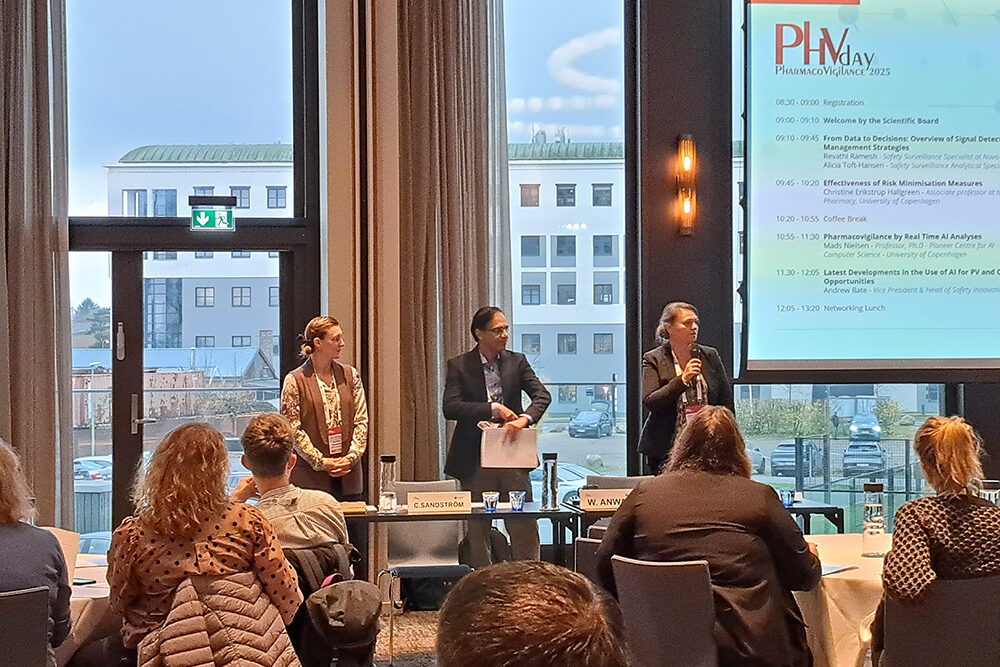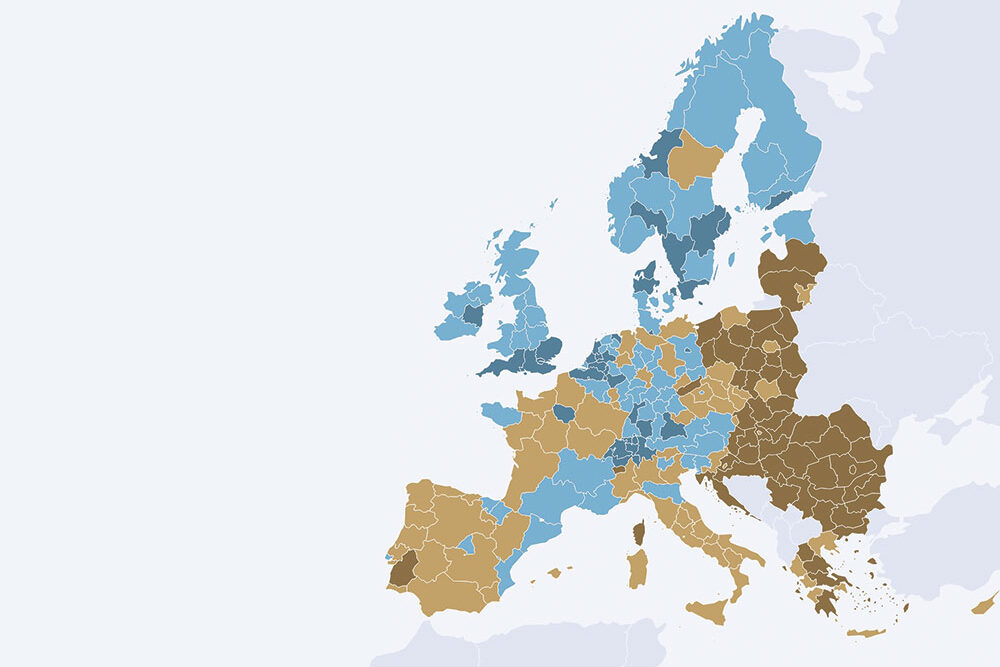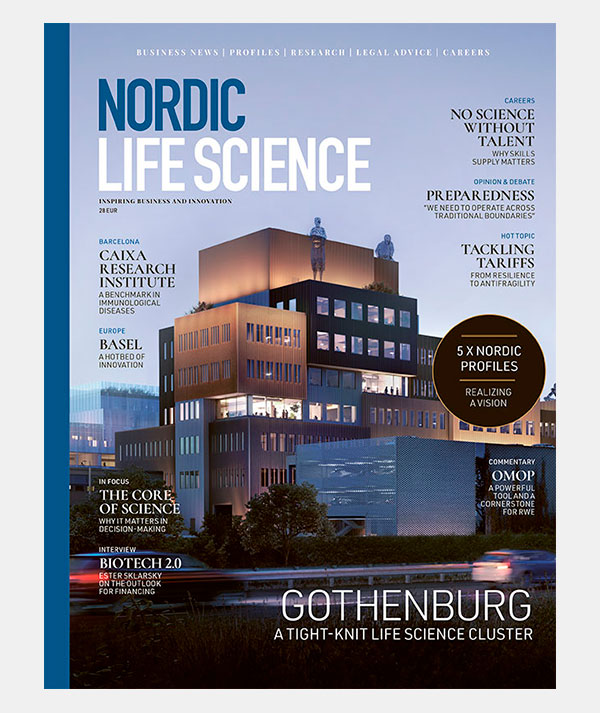The EU’s leading life science cluster started with a kiss on a bridge
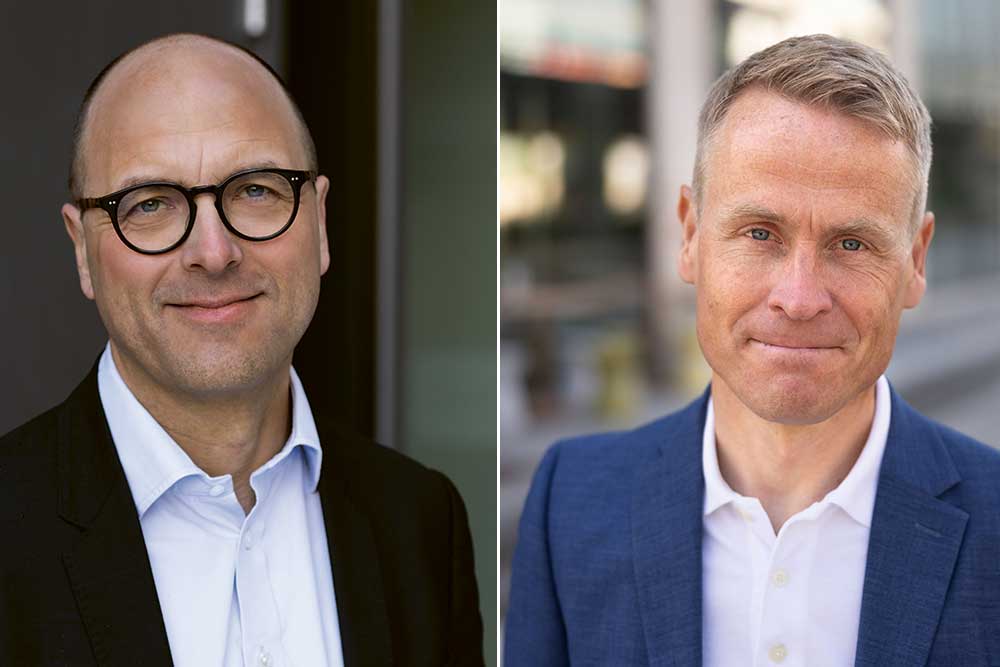
Although the Danish-Swedish life science cluster organization Medicon Valley Alliance was established way back in 1997, the true momentum for Medicon Valley, essentially the EU’s leading life science cluster, started with a kiss.
But not just any kiss. It was a royal faire la bise between Her Majesty Queen Margrethe of Denmark and His Majesty King Carl Gustaf of Sweden on the artificial island of Peberholm, before the two royal couples travelled together across the Öresund bridge to its opening ceremony on July 1 2000, soon 25 years ago.
Before the bridge existed, collaboration between Danish and Southern Swedish business sectors, spanning industry, academia and healthcare, was limited.
The Øresund Bridge did more than connect two regions and two kingdoms, it also became a symbol and the physical link between two, at that time relatively separate, life science ecosystems. Before the bridge existed, collaboration between Danish and Southern Swedish business sectors, spanning industry, academia and healthcare, was limited. Although both the Danish and the Swedish part of what is now Medicon Valley had a tradition and a track record in life science innovation and academic excellence, there had been little cross-pollination, mutual innovation and knowledge-sharing across the narrow strait separating Eastern Denmark from Southern Sweden.
Connectivity was restricted to ferries running between the narrowest points of Helsingør in Denmark and Helsingborg in Sweden, or the fast passenger ferries operating between the more populated city centers of Copenhagen and Malmö. The founding fathers of the Medicon Valley cluster and the organization Medicon Valley Alliance had realized the potential of this connectivity back in the mid 90’s.

Fast forward 25 years, and everything has changed. Within the private life science industry alone more than 1,000 people commute every day between Southern Sweden and Eastern Denmark – most of them traveling from Sweden to Denmark. The European Spallation Source (ESS) project co-hosted by Denmark and Sweden and under construction in Lund, will enable ground-breaking, pan-European research across a wide scientific spectrum, including life sciences and materials science. Joint projects such as HALRIC (advancing collaboration between companies, hospitals, researchers, and large-scale infrastructure such as MAX IV, DESY, ESS, and European XFEL), ReproUnion (strengthening cross-border collaboration in reproductive medicine), and DiaUnion (developing joint infrastructure for early detection of type 1 diabetes and related autoimmune diseases), reflect the growing integration of the region’s innovation ecosystem.
The bridge serves as a gateway to life science in the Nordics for companies from all over Europe and helps promote the qualities and the attractiveness of Danish-Swedish life science to talents and companies from the outside world.
Last but not least, the bridge has enabled the emergence of triple helix organizations such as Medicon Valley Alliance, establishing a joint point of contact and a meeting and marketplace for Danish-Swedish life science academia, industry and hospital professionals. The bridge serves as a gateway to life science in the Nordics for companies from all over Europe and helps promote the qualities and the attractiveness of Danish-Swedish life science to talents and companies from the outside world.
This year, the Öresund bridge celebrates its 25th anniversary. It is an impressive symbol of connectivity and an immense piece of infrastructure art. While the physical structure is visible to all, its impact on the life science sector, a strategic priority in both Denmark and Sweden, is less obvious to the naked eye. But for those who know where to look, the bridge’s role in shaping Europe’s most dynamic life science cluster is clear.
Hopefully, the celebration of the bridge’s 25th anniversary will help to highlight this point to the politicians who develop and implement the national life science strategies in the two countries, and who also provide input to the future integrated European strategy.
About the authors
This Column was written by Niels Abel Bonde, Chairman, Medicon Valley Alliance, and Linus Eriksson, CEO, The Øresund Bridge. It was originally published in NLS magazine No 02 2025.
Updated: September 24, 2025, 01:30 pm
Published: May 21, 2025


